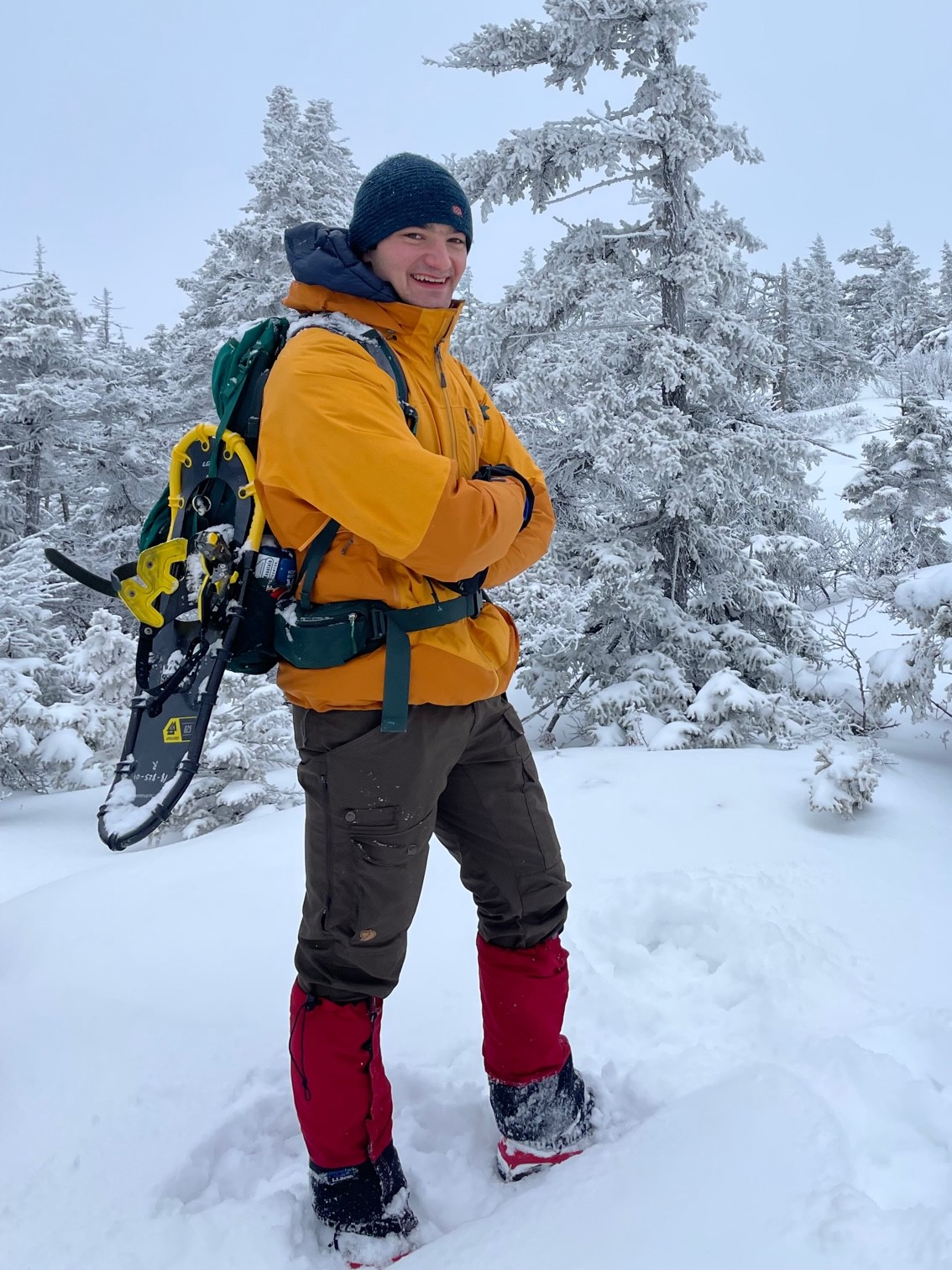Email:  dylan.p.davis@colostate.edu
dylan.p.davis@colostate.edu
Previous Education: B.A. Earth Sciences, Dartmouth College, 2022
Advisor: Ellen Wohl
About Me: I was born and raised at sea level among the salt marshes, estuaries, and ponds of coastal Massachusetts, where I spent much of my childhood free time mucking around to find snakes, turtles, frogs, and crustaceans of many sorts. A love of the outdoors led me to college in New Hampshire, where I learned to enjoy mountains and steep montane streams just as much as the muddy intertidal zones and beaches of the coast. Although I entered undergrad as a chemistry major, I quickly learned that I found geology, especially geomorphology, far more interesting than organic chemistry. My first earth sciences courses opened my eyes to the many processes and nested time scales that contributed to the formation of the landscapes I loved to explore. I took a wide range of geosciences courses, dabbled in paleomagnetics research, and finally found that I was most fascinated by modern and Quaternary processes – a conclusion that came after courses, summer employment, and my own wandering feet took me to the Bitterroot and North Fork Flathead Rivers in Montana, surficial mapping sites in the Eastern Sierras, glacially carved landscapes in the White Mountains, and small streams throughout the Northeast. I finished undergrad with a senior research project on cosmogenic dating of periglacial features in the Southern Appalachians. After a short hiatus from school to work as an outdoor educator and sea kayak trip leader in Maine, I decided to apply to CSU so I could dive back into the world of fluvial geomorphology.
Research Focus: For my Master’s program, I will conduct research at North Sand Creek, near the North Sand Hills dunefield in North Park, Colorado. The stream there has been subject to extraordinary eolian sand loading and impacts from heavy recreational OHV use over the past decade. This has created a strange fluvial system in which the stream channel almost entirely fills with sand during the summer and fall months, then rapidly incises into the sand during spring runoff, forming fluvial terraces and delivering sand downstream in sediment waves. Sand loading in North Sand Creek has prevented the legal fulfillment of downstream agricultural water rights and raised concerns about the geomorphic and ecological integrity of the stream, prompting the Bureau of Land Management to fence off most of the channel. However, excess sand loading continues. I will be receiving funding from CSU’s Center for Collaborative Conservation to study the sediment budget of the stream and potentially assess the effectiveness of in-channel structures for attenuating sediment waves.

